The World's Most Polluting Industries
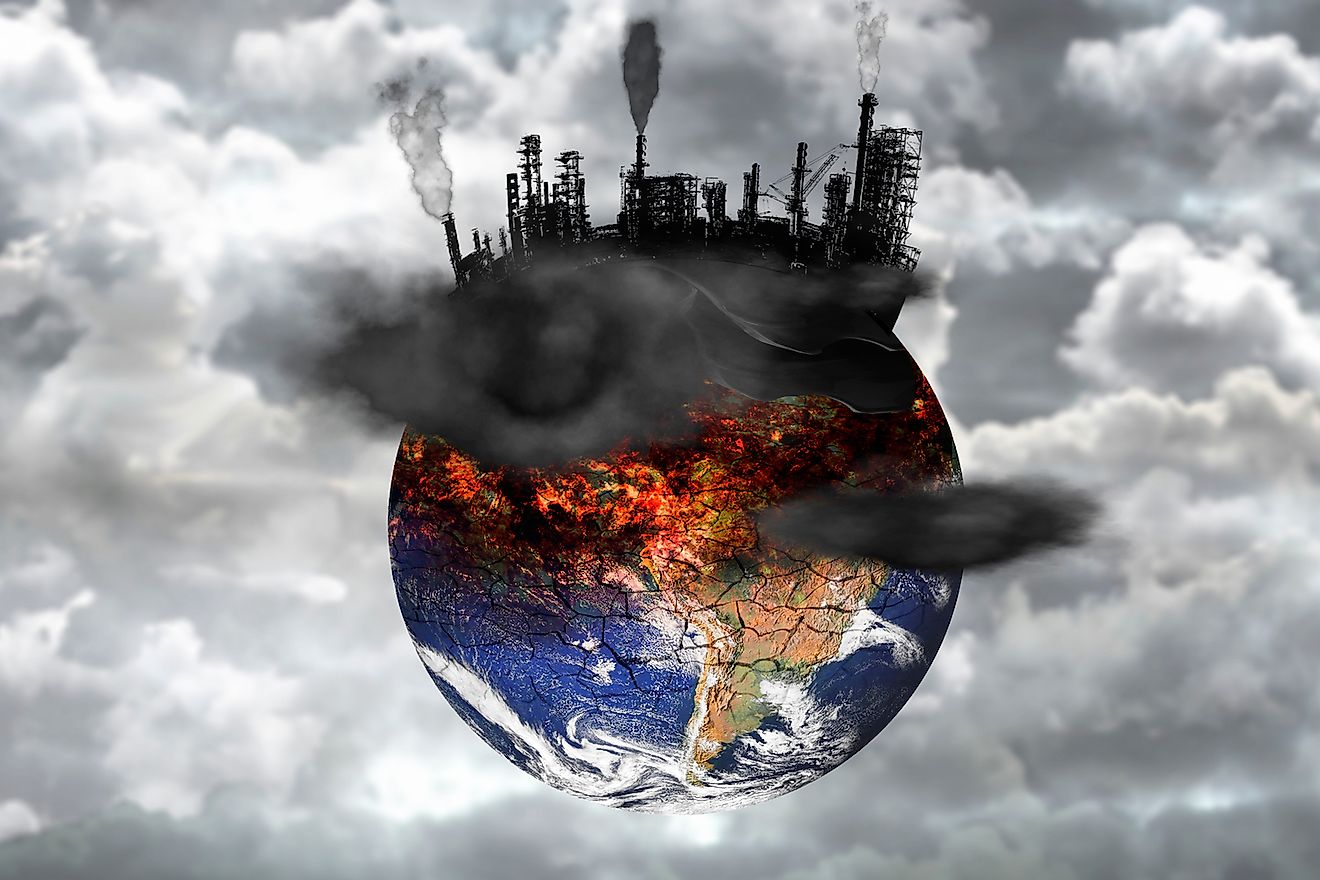
- The 10 Worst Polluting Industries together put the lives of more than 32 million people at risk.
- According to Pure Earth, these 10 industries mentioned above are responsible for 7 million to 17 million DALYs in low- and middle-income countries.
- Industries associated with used lead acid-battery processing, mining and ore processing, and lead smelting are the three worst polluters.
Industrial wastes are one of the top sources of environmental pollution. Across the world, untreated or improperly treated industrial effluents pollute the air, water, and soil in and around industrial sites. The pollution caused by industry often depends on its nature with some industries generating more toxic wastes than others. Pure Earth, an international non-profit organization, has compiled a list of the 10 worst polluting industries in the world. These industries together put the lives of more than 32 million people at risk.
10 Worst Polluting Industries
- Used Lead-Acid Batteries (ULAB): 2,000,000 - 4,800,000 DALYs
- Mining and Ore Processing: 450,000 - 2,600,000 DALYs
- Lead Smelting: 1,000,000 - 2,500,000 DALYs
- Tanneries: 1,200,000 - 2,000,000 DALYs
- Artisanal and Small Scale Gold Mining (ASGM): 600,000 - 1,600,000 DALYs
- Industrial Dumpsites: 370,000 - 1,200,000 DALYs
- Industrial Estates: 370,000 - 1,200,000 DALYs
- Chemical Manufacturing: 300,000 - 750,000 DALYs
- Product Manufacturing: 400,000 - 700,000 DALYs
- Dye Industry: 220,000 - 430,000 DALYs
What Is DALY?
DALYs here mean Disability-Adjusted Life Years (DALYs) or the number of years lost due to early death, disability, or disease. It is popularly used in health impact assessment and public health.
According to Pure Earth, the 10 industries mentioned above are responsible for 7 million to 17 million DALYs in low- and middle-income countries.
10. Dye Industry - 220,000 to 430,000 DALYs
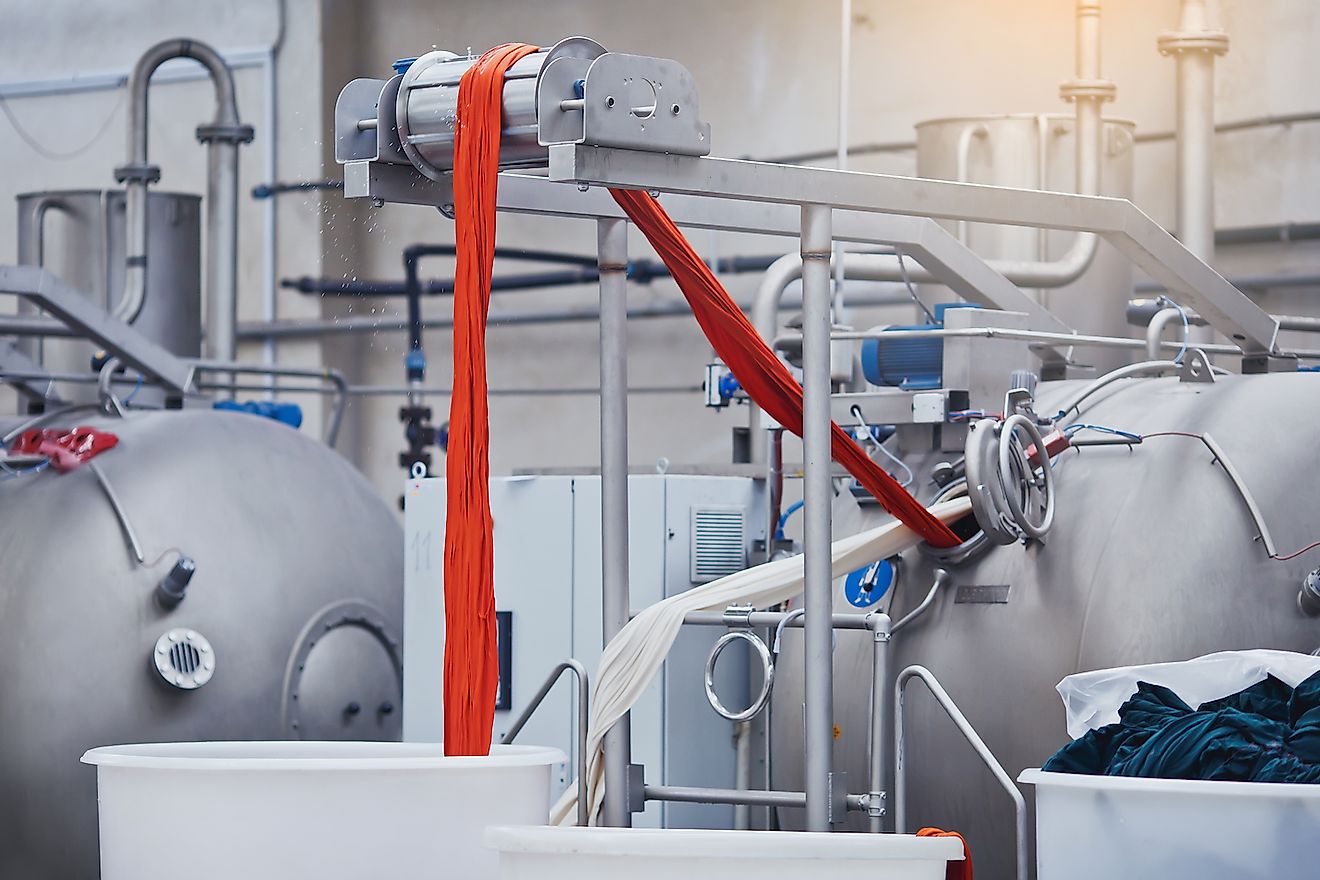
Dyes are used to add color to numerous products like paints, plastics, paper, textiles, etc. Due to their richer color and durability, artificial dyes are usually preferred over natural ones by industries. The former type is produced through complex chemical processes involving the use of numerous chemicals in factories. Copper, chromium, sulfuric acid, etc., are some of the chemicals used in dye preparation. Wastes from this industry are thus heavily loaded with chemicals, many of which are harmful to human health.
9. Product Manufacturing - 400,000 to 700,000 DALYs
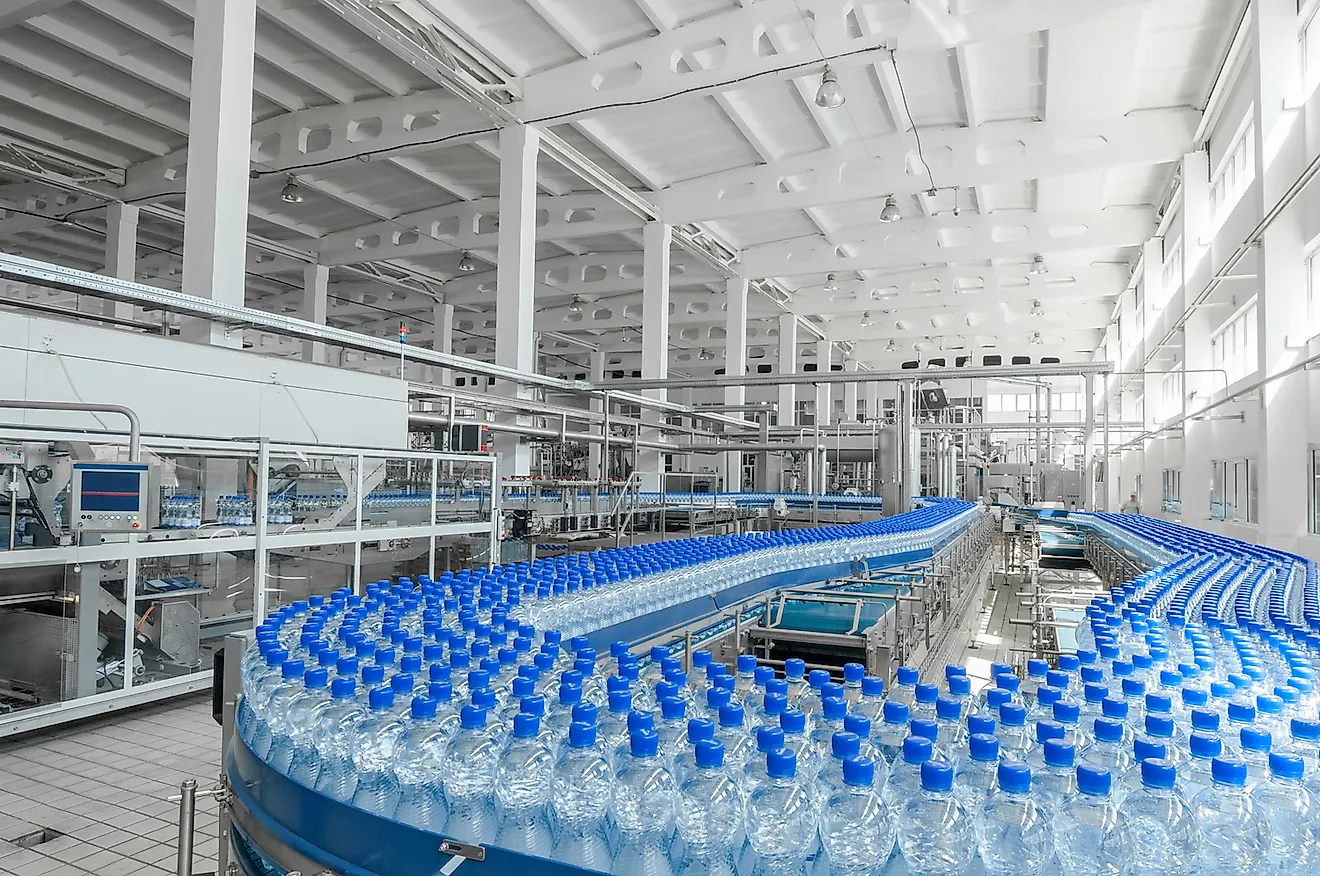
The product manufacturing industry has rapidly grown in the recent decades. The economic growth of many nations has promoted the growth in consumerism in the population of such nations which has, in turn, triggered a demand for consumer goods. Thus, product manufacturing factories have cropped up everywhere. Often, such industries fail to meet the environmental safety standards and a lack of strict monitoring allows such industries to thrive. Product manufacturing involves the use of many chemicals and effluents from the manufacturing units are often loaded with pollutants like chromium, lead, cyanide, mercury, cadmium, etc., that pollute the environment around such units.
8. Chemical Manufacturing - 300,000 to 750,000 DALYs
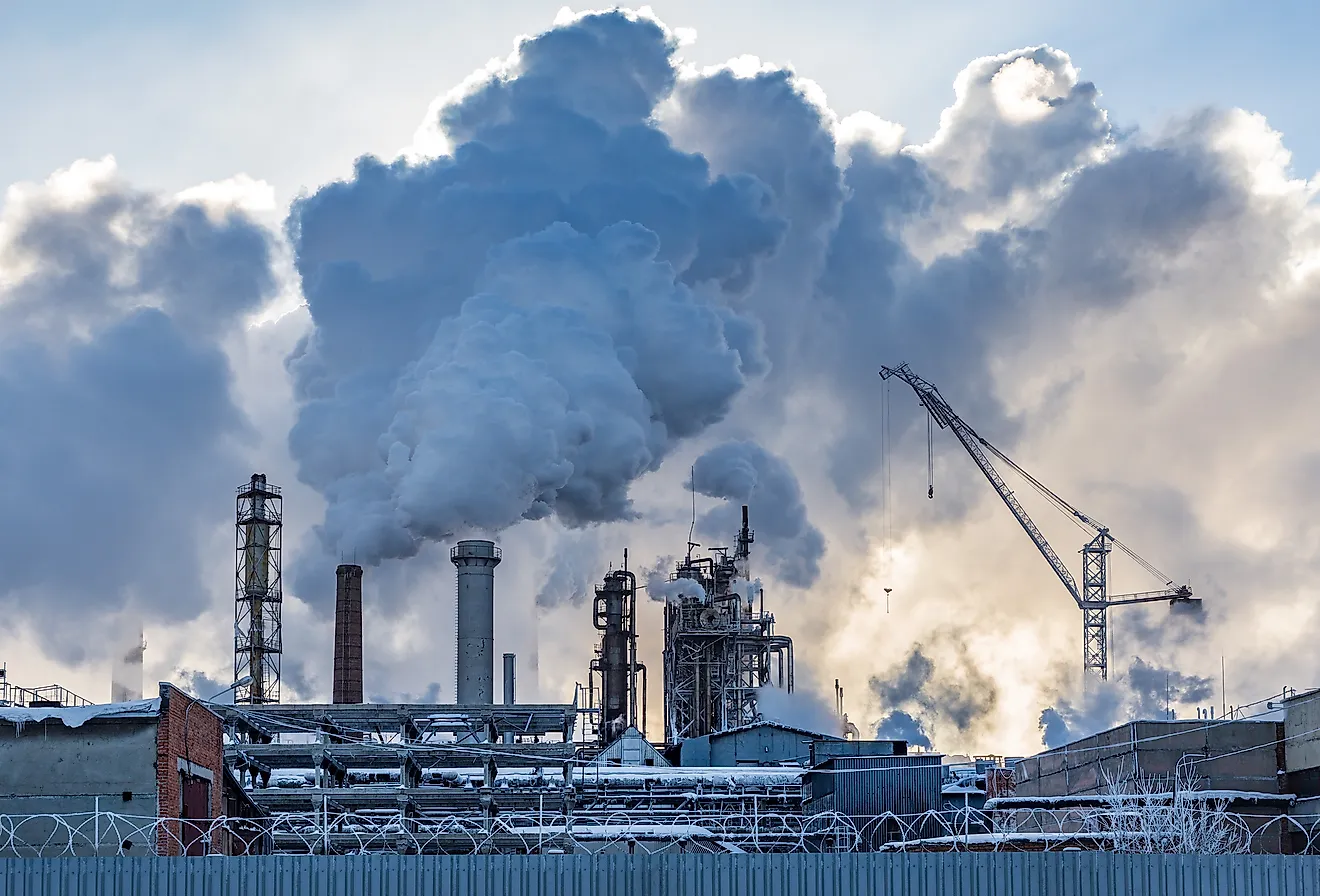
Chemical manufacturing refers to the production of a wide variety of chemicals like plastics, paints, explosives, dyes, pharmaceuticals, petrochemicals, and more. There is no doubt that these chemicals are beneficial to us in different ways but it is also true that significant volumes of toxic wastes and by-products are also generated during their production. The constantly changing market for chemicals leads to an alteration in technologies and processes used in these chemicals. These changes make monitoring such industries an arduous task. Irresponsible and unscrupulous practices often endanger the lives of those living near such chemical manufacturing due to environmental contamination induced diseases and disorders.
7. Industrial Estates - 370,000 to 1,200,000 DALYs
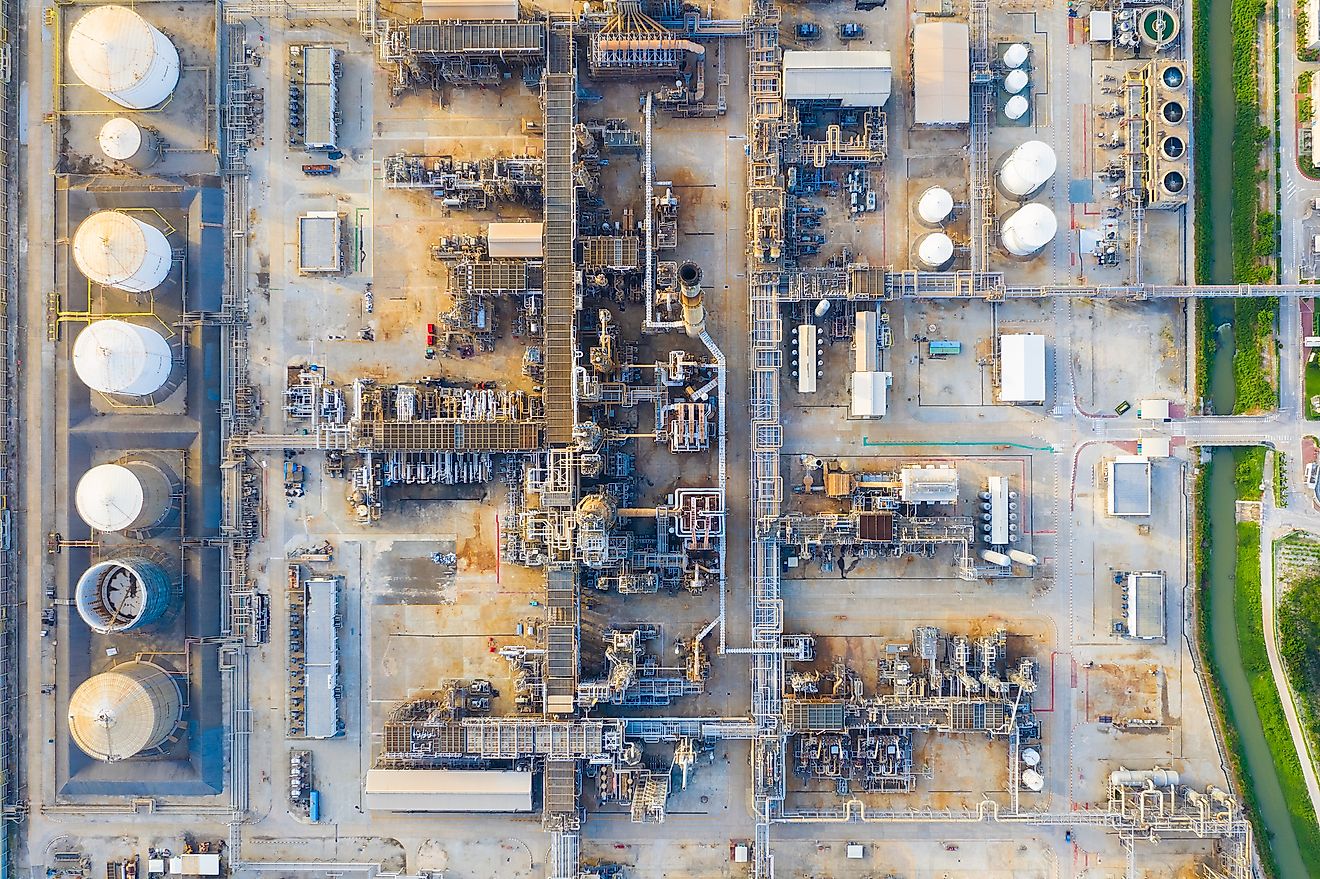
Industrial estates are areas reserved specifically for the growth of industrial plants, ancillary units, and related infrastructure facilities. Such areas are usually located at safe distances from cities and towns but often have residential facilities for the workers of such industrial estates. In many industrial estates across the world, stringent monitoring of pollution is not executed leading to pollutants contaminating the environment. Pollutants vary with the nature of industries present. A majority of the industrial estates releasing harmful chemicals into the environment are located in South Asia, especially in India and Pakistan according to data by Pure Earth. 100 contaminated sites have been identified putting 5.8 million people living near these sites at risk.
6. Industrial Dumpsites - 370,000 to 1,200,000 DALYs
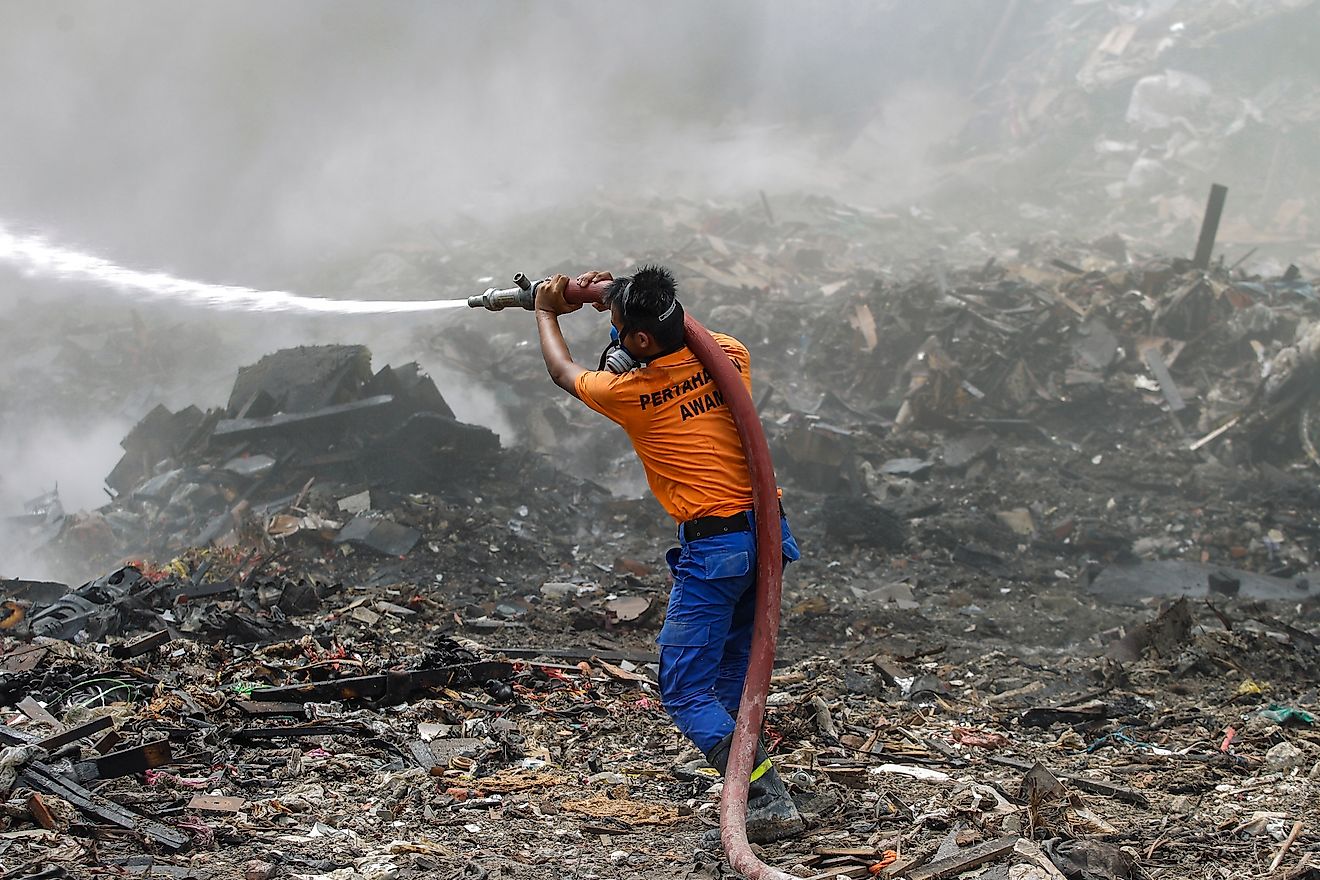
Mismanagement of industrial and municipal solid waste handling and dumping processes lead to environmental pollution. Although such kind of waste cannot be avoided since it results from basic human activities, every country sets out rules and regulations for the proper management of this waste. However, lack of funds, corruption, or an inefficient system often leads to unmanaged dumpsites that are potential threats to human and environmental health.
5. Artisanal and Small Scale Gold Mining - 600,000 to 1,600,000 DALYs
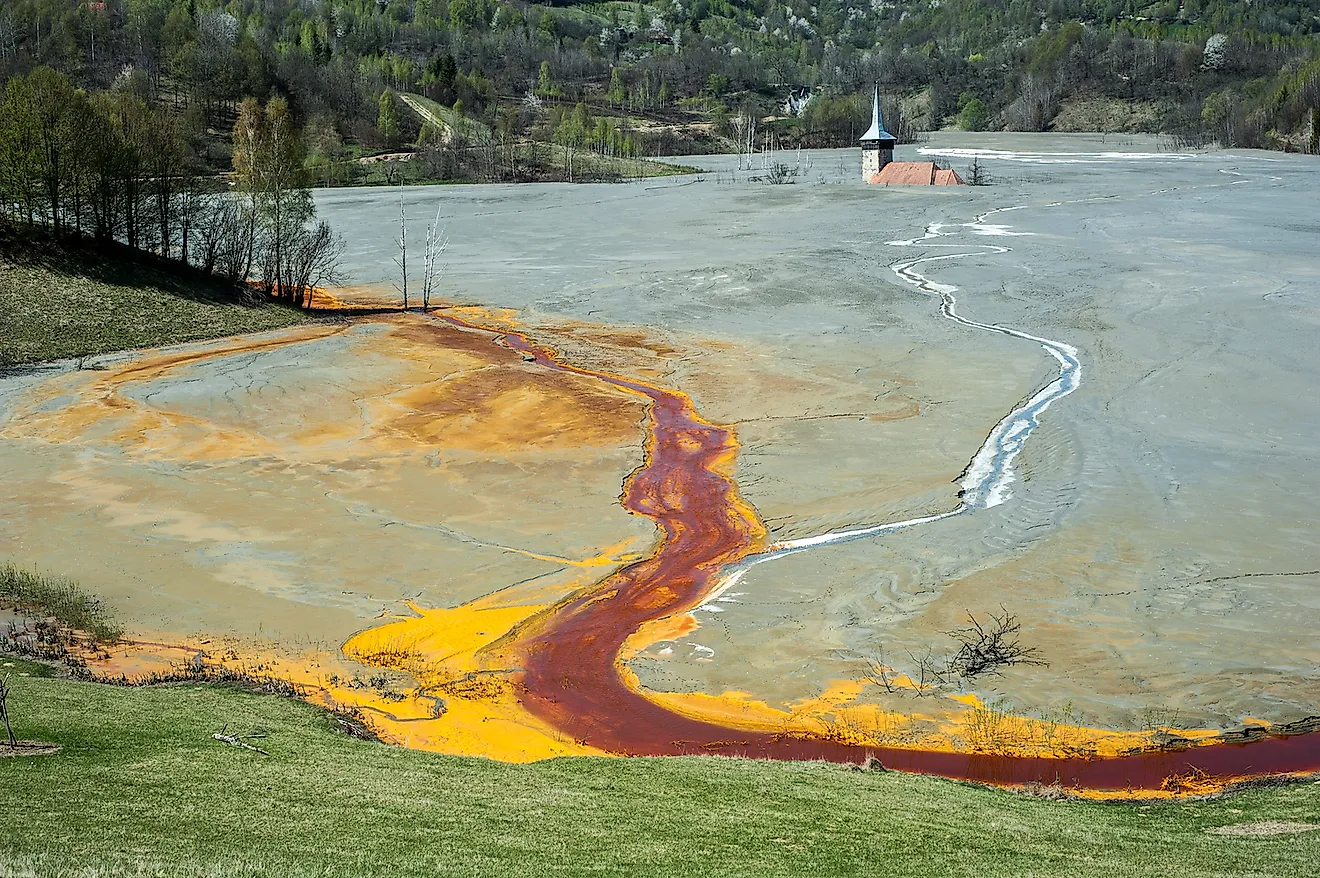
The artisanal gold mining industry is a subsistence industry that is usually run by an individual on a small-scale. Such industries lack the capital to employ modern technology in the extraction of gold from its ores. Hence, primitive methods are used in the process that leads to the generation of toxic wastes like mercury that are irresponsibly dumped into the environment. Artisanal gold-mining industries thrive in countries with a less powerful economy and less stringent laws for small-scale enterprises like the African and Latin American countries. The lucrative business employs about 10 to 15 miners in 55 countries of the world. Although this industry accounts for only 20% of the global gold production, it is the single biggest cause of mercury pollution in the world.
4. Tanneries - 1,200,000 to 2,000,000 DALYs
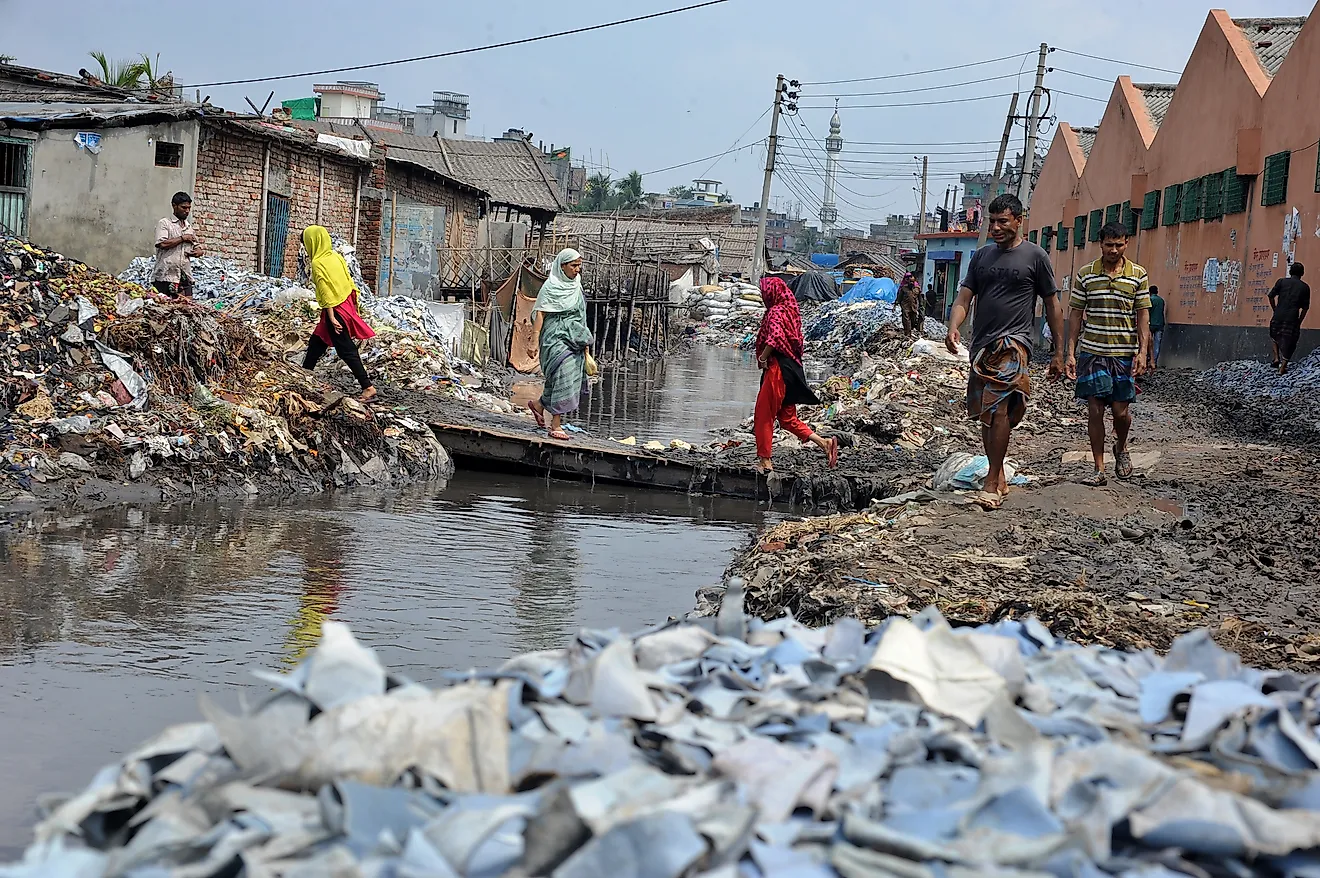
Tanning is the process of production of leather from raw animal hides and skins. It involves the use of a variety of chemicals to remove flesh, oil glands, and hair from the raw hides. A significant volume of waste is generated in the process. Irresponsible industrial practices often lead to the contamination of the environment with harmful chemicals like chromium, alum, tannins, etc., that are used in tanning. All these chemicals are highly detrimental to human health and some are even cancerous in nature. More than 100 such toxic tanning sites have been identified by Pure Earth. These sites endanger the lives of 1.5 million people living in or around such sites.
3. Lead Smelting - 1,000,000 to 2,500,000 DALYs
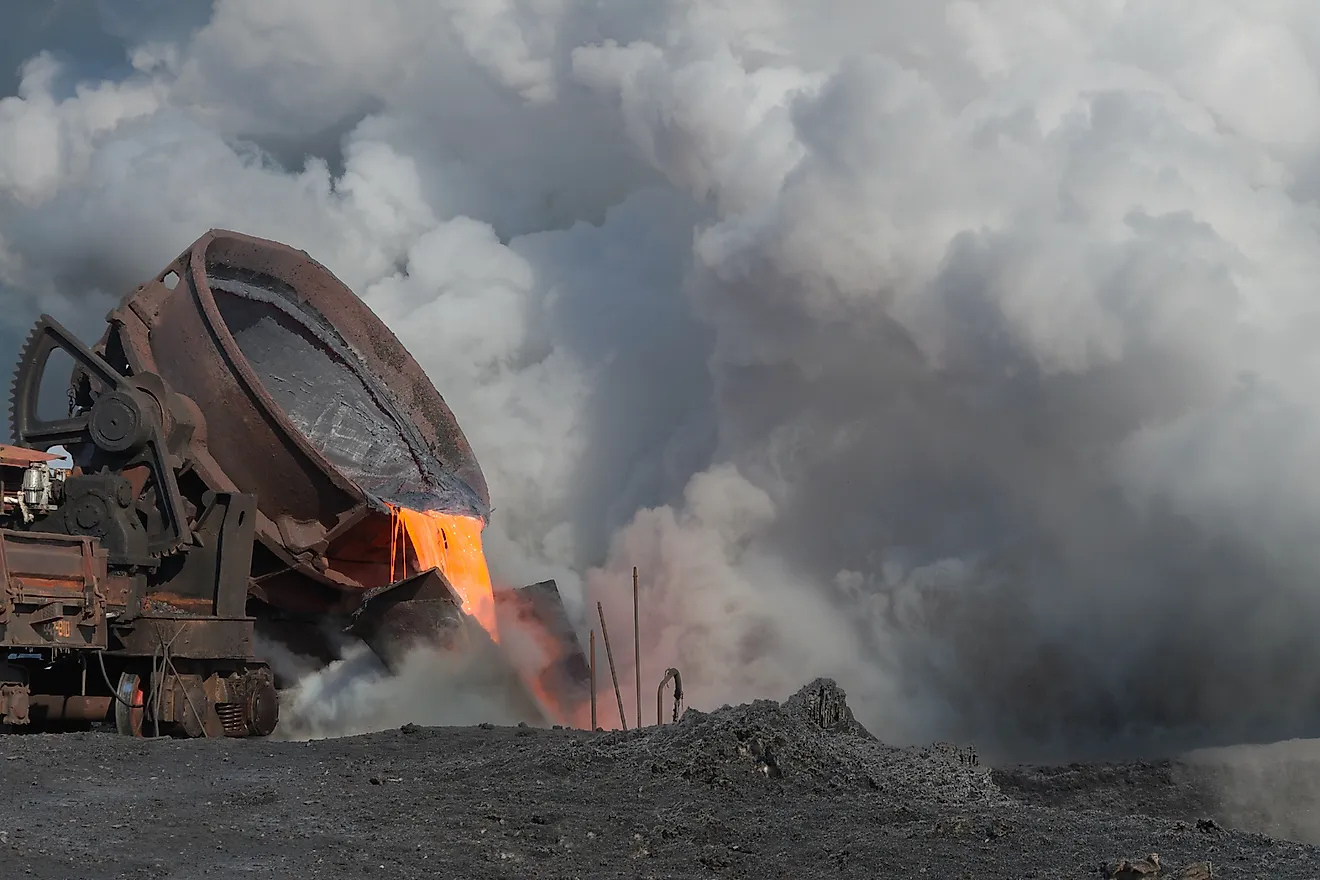
According to Pure Earth, the lead smelting industry is also one of the top 10 polluting industries in the world. Lead smelting involves a series of steps that leads to the extraction of pure lead from its ore. The industry generates wastes in the form of toxic wastewater, solid waste, as well as volatile compounds like sulfur dioxide that are released into the air. Pure Earth’s data mentioned that about 1.1 million people are at risk from the pollutants generated by this industry at over 70 polluted sites worldwide.
2. Mining and Ore Processing - 450,000 to 2,600,000 DALYs
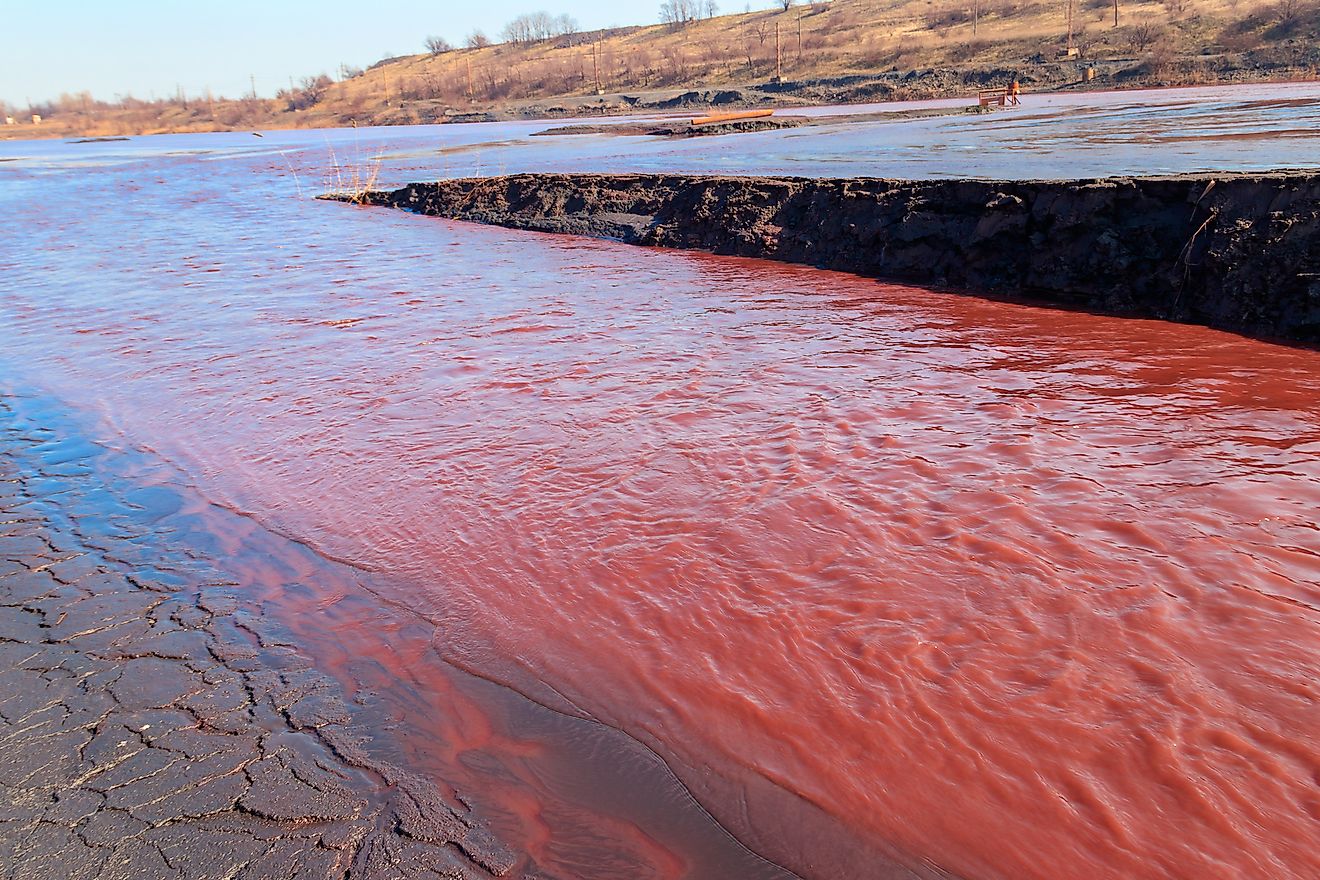
A large number of industries depend on the mining and ore processing industry for the supply of minerals, metals, and gems. These products occur in nature in the form of ores in rocks and must be mined and concentrated prior to use. Such processes result in the production of large volumes of waste that are often loaded with pollutants like mercury, lead, cadmium, etc. With the development of new technologies, the pollution generated from this industry has been curbed to a certain extent. However, not every mining and ore processing company adopts clean technology. Irresponsible practices often lead to the contamination of the environment with industrial waste. About 7 million people are threatened by this industry worldwide.
1. Used Lead-Acid Batteries - 2,000,000 to 4,800,000 DALYs
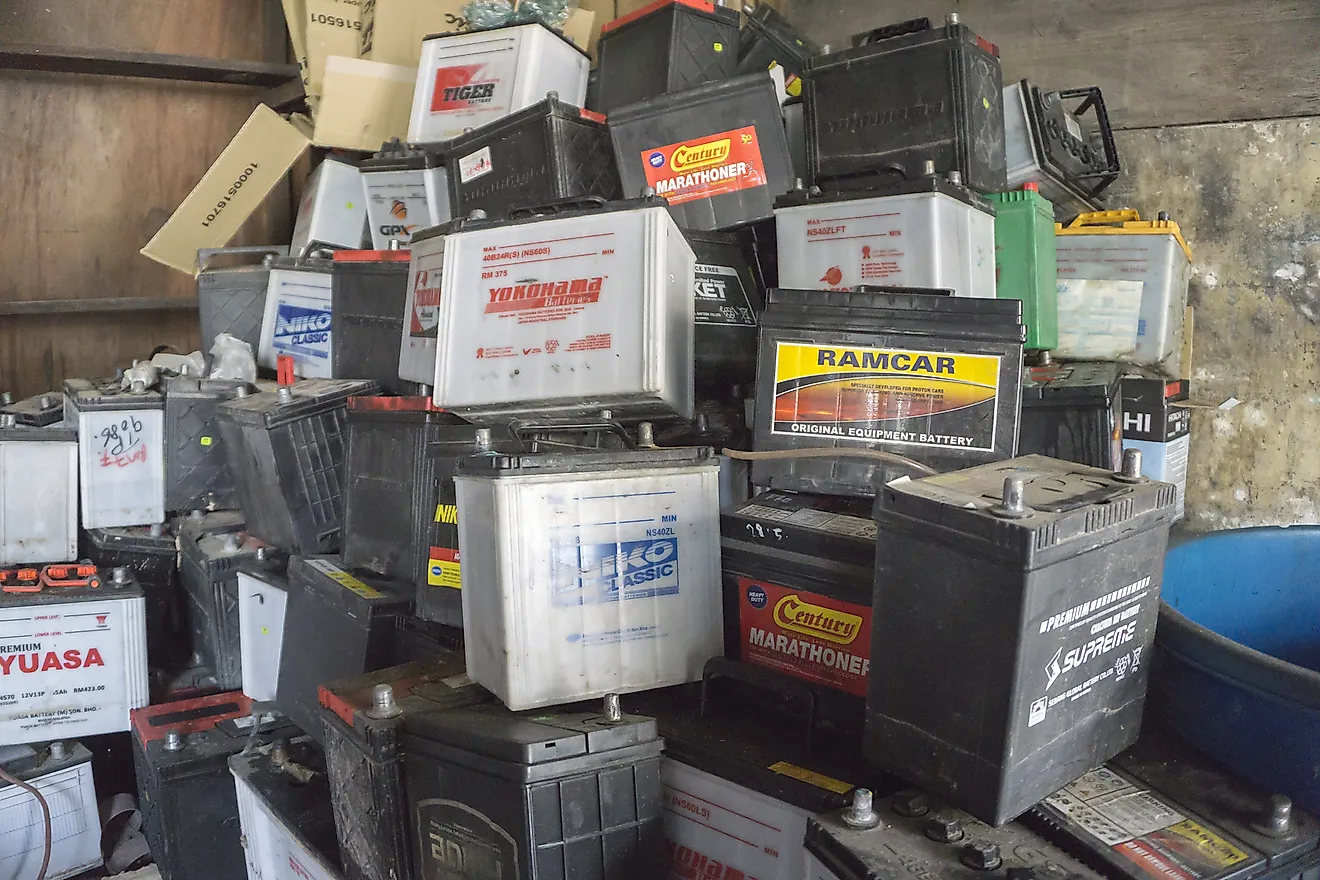
According to Pure Earth, the industry dealing with ULAB is one of the world’s 10 most polluting industries. Lead-acid batteries are used for a number of purposes with their most common use being as automotive batteries in vehicles. Although these batteries are rechargeable, after a certain period, these batteries lose their capacity to hold the electrical charge. The unused batteries are graded as hazardous waste and enter the recycling industry where every part is upcycled. In most cases, industries do not maintain required safety standards and workers often use crude methods to handle toxic waste. Some of the steps of recycling the ULAB's are carried out in unprotected environments leading to the toxic waste contaminating nearby air and water. According to Pure Earth, 150 such sites have been identified and nearly 1 million people are at risk from the pollutants generated by this industry.
The Top 10 Polluting Industries In The World
| Rank | Industry | DALYs (Disability-Adjusted Life Years) |
|---|---|---|
| 1 | Used Lead-Acid Batteries (ULAB) | 2,000,000 - 4,800,000 |
| 2 | Mining and Ore Processing | 450,000 - 2,600,000 |
| 3 | Lead Smelting | 1,000,000 - 2,500,000 |
| 4 | Tanneries | 1,200,000 - 2,000,000 |
| 5 | Artisanal and Small Scale Gold Mining (ASGM) | 600,000 - 1,600,000 |
| 6 | Industrial Dumpsites | 370,000 - 1,200,000 |
| 7 | Industrial Estates | 370,000 - 1,200,000 |
| 8 | Chemical Manufacturing | 300,000 - 750,000 |
| 9 | Product Manufacturing | 400,000 - 700,000 |
| 10 | Dye Industry | 220,000 - 430,000 |











